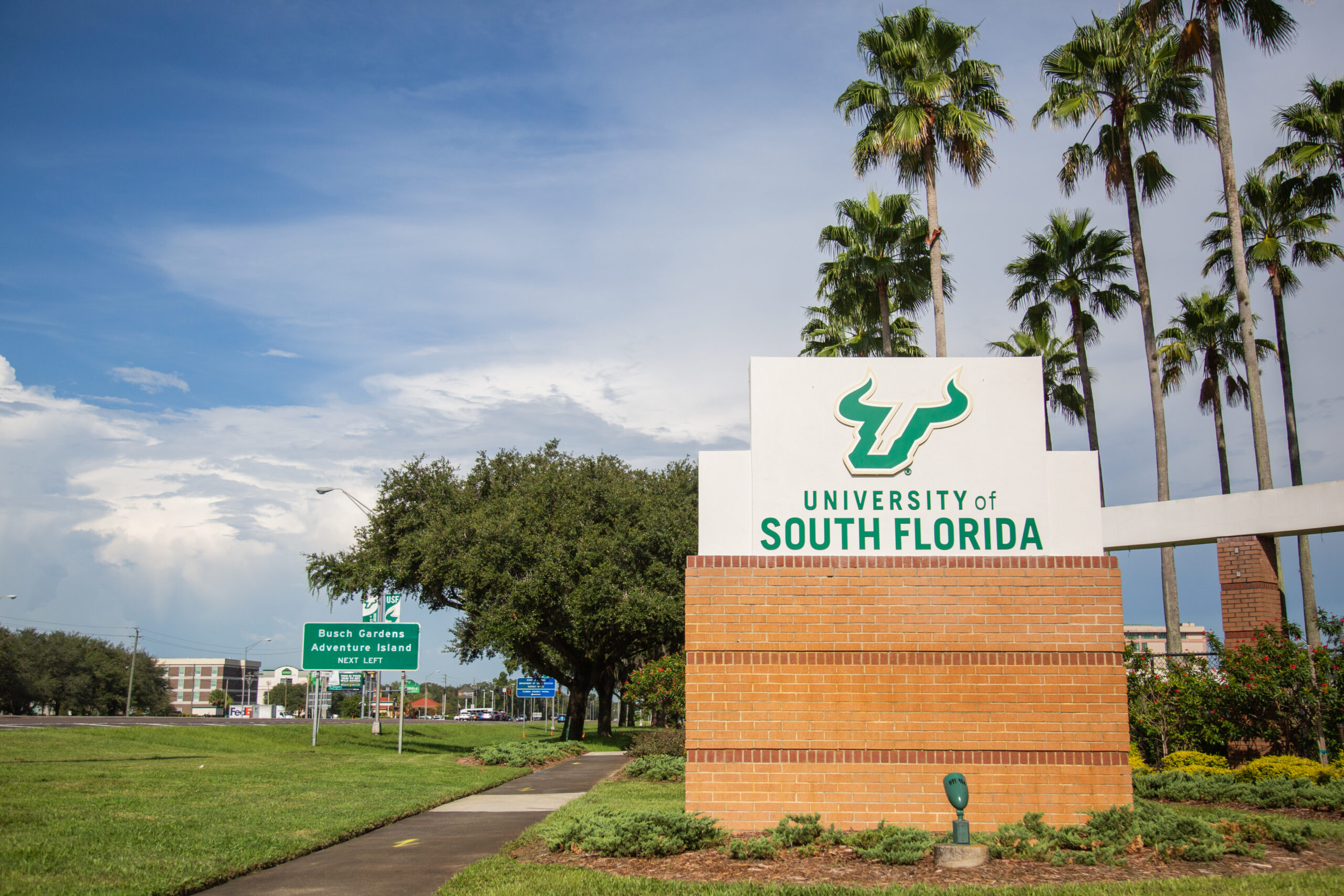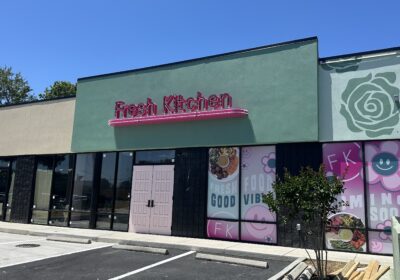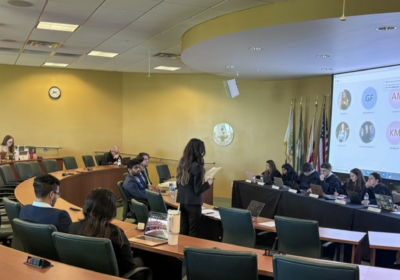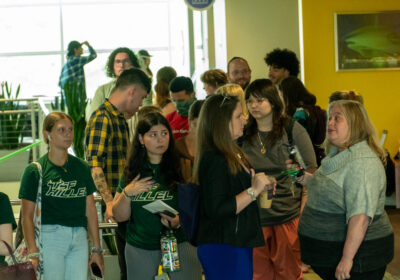USF to launch team focused on increasing Black student enrollment

USF’s Office of Student Success (OSS) will launch a new team in partnership with the Black Leadership Network (BLN) in the coming weeks to develop different strategies toward increasing Black student enrollment.
This new team will come up with more ways to recruit outside of OSS’s current work with local high schools promoting USF as an immediate choice for their students’ higher education, which were primarily developed by USF personnel, including Vice President for Student Success Paul Dosal, Dean of Admissions and Associate Vice President of Student Success Glen Besterfield and their staff.
“I’ve already been in discussions with the leadership of the [BLN], and we intend to embark on a strategic planning process with them,” said Dosal.
Dosal estimated that the planning process will last around six months, as this will be one of OSS’s more formal collaborative efforts to recruit more Black students.
“This will be a broader effort, more inclusive effort — reaching out to partners in the community for input, to develop new ideas, new practices,” said Dosal. The BLN is a group focused on enhancing opportunities for USF’s Black students through scholarships, programming and mentoring, according to founding member and USF alumnus Anddrikk Frazier.
This new team strategy will be different from OSS’s current initiatives. Instead of a sole focus on outreach, other aspects of the university will be examined, including a close look at its programs, student organizations and financial aid, according to Dosal.
USF’s enrollment of Black students has been declining over the past five years, with Black students making up 11 percent of the student population in the 2014-2015 school year and 10 percent in the 2019-2020 school year, according to the USF System Fact Book. Approximately 24 percent of Tampa’s residents are African American, according to the 2019 U.S. Census.
At the Tampa campus, the population of Black students was 12 percent in the 2014-2015 school year and is now at 10.5 percent.
Recruitment efforts will shift focus from outward efforts of recruitment to collaboration with the BLN to examine all aspects of USF life, according to Dosal.
“It takes a comprehensive effort,” he said. “It’s not just a matter of adjusting marketing or admissions practices. That’s a part of it, of course, but think of it this way — the recruiters that we send into local area high schools, virtually or in person — they are pitching the university to the students, and the students ultimately make their decisions on where to go based on a whole number of factors.
“If we don’t take a look at all of those things, we’re likely to fall short of our expectations. So we’ve got to bring everybody together to develop the plan.”
Frazier will be one of the community partners involved in the new team examining all of the determining factors.
The BLN also had a meeting with USF President Steven Currall and Dean of the College of Arts and Sciences Eric Eisenberg in February about increasing Black student enrollment, which is one of the BLN’s priorities as it begins its work in collaboration with OSS.
“First of all, we would like to see the numbers increase when it relates to African American enrollment rates,” said Frazier, a USF graduate and former guard on the Bulls’ basketball team.
The BLN has been a prominent force in encouraging the enrollment of Black students at USF since its origination in 2016 when it provided scholarship funds to Black students, including 16 different scholarships of at least $1,000 through the USF Foundation, as well as mentor programs to help students succeed.
“We never want money to be a reason why someone chooses not to go to school,” said Frazier.
Further collaboration between USF and the BLN has actually been going on for the past two years, with the BLN meeting with deans of all of USF’s colleges to discuss ways to promote success for its Black students in each field of study.
“We try to understand what obstacles may be in the way and we try to figure out creative ways to overcome those,” Frazier said of the meetings.
While the BLN has worked comprehensively with USF administration in its meetings with Currall and college deans to identify areas of improvement for making USF a more inclusive and representative place for its Black students, Frazier said he wants everyone involved to be a part of the conversation.
“This is an inclusive process — this is not just us trying to hear from deans — we really want to hear from the community, we really want to hear from students,” said Frazier.
The team will also try to hear from students who are making decisions about college nationwide.
“I think we’re going to have an opportunity to hear from juniors and seniors now and across the country to hear why or why not USF is on their list, so we can try to address those issues,” said Frazier.
The plans for the team have not been formalized yet, but the initial six months of planning will involve “data collection” and “brainstorming” about what can be done better to increase the numbers on Black student enrollment.
“We want to get more in our family — we really believe if we can get the numbers to be more reflective of our demographic here, it would better serve our community,” said Frazier.






